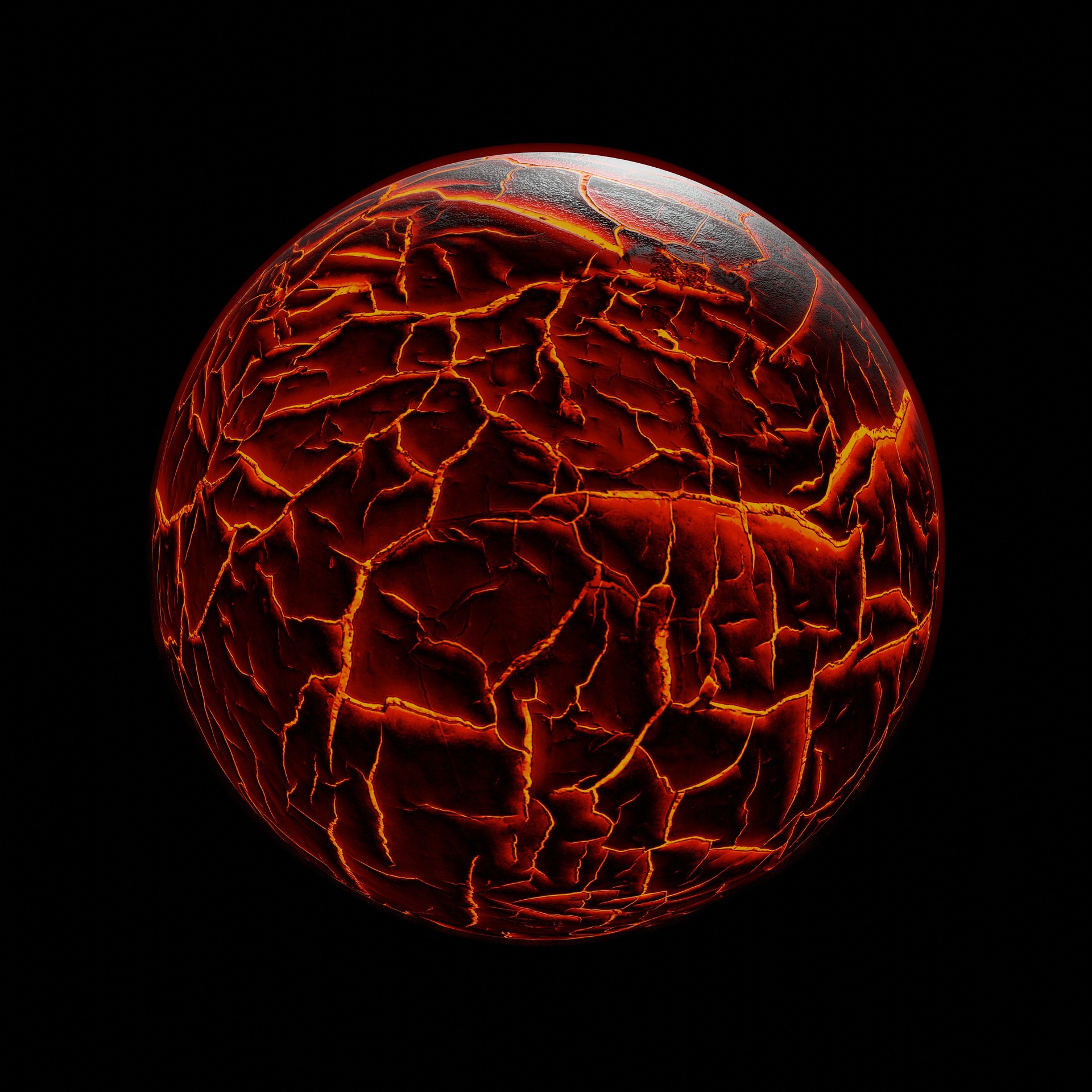Analyzing seismic waveforms recorded by the InSight mission seismometer, we discovered and documented 47 marsquakes in the Cerberus Fossae region of Mars. Their repetitive nature at all times of the Martian day tells a story of their likely volcanic origin and of a mobile Martian mantle. Mars harbours a liquid core, and it remains to be understood why the Martian geodynamic field ceased to exist.
Views 5773
Reading time 4 min
published on Feb 13, 2023
The Red Planet is out there, waiting to be explored. In the mid-70s, NASA’s Vikings I and II landed on Mars, each with a seismometer mounted on their decks. When they transmitted the last recording to Earth in 1980, it became clear that, unfortunately, scientists could not characterize a single event with certainty as a marsquake. The waveform data provided some useful clues about the Martian wind and atmospheric conditions, but the conclusion back then was depicting present day Mars more as a geologically quiet body, opposite from what we see on Earth, where the interplay of its hot interior and plate tectonics generates many earthquakes. In fact, some estimates yield up to a million earthquakes rippling the Earth’s surface and interior every year.
Fast forward four decades, in 2018, InSight, another NASA mission, landed in Elysium Planitia, just a bit further north from the Martian equator. This time, its seismometer, SEIS – short for Seismic Experiment for Interior Structure - was a sophisticated piece of equipment that was coupled firmly to the ground.
One of the main goals of the InSight mission was to probe the Martian interior with the seismic waves in search of the answers buried deep beneath SEIS. For example, does Mars harbour a core as the Earth does, and if yes, is it entirely liquid or does it contain a solid inner core? Why did the Martian magnetic field – also called dynamo - stop operating sometime in the past? On Earth, the core generates and maintains a global-scale magnetic field that protects the life on its surface from harmful cosmic radiation. The magnetization of the Martian rocks suggests that Mars once upon a time also had a global-scale magnetic field. Could life have existed on Mars before the magnetic field for some unknown reason died off?
Many scientists like us want to know the answer to these questions. At the time we started looking at the newly released seismic waveforms, the InSight Marsquake Service team had already discovered and reported more than several hundred marsquakes. Most of those marsquakes were high-frequency events associated with thermal variations. Other recordings looked more like moonquakes, but the low-frequency ones caught our full intention. They looked more like earthquakes originated from deeper and further away, meaning that seismic waves rippled deeper through the Martian interior before they reached SEIS.
For us, this meant that we could use similar methods to the ones developed in modern global seismology to study the Earth’s interior. Namely, apart for quakes, seismologists use seismic waves to study the structure and dynamics of the Earth’s deep interior, in a similar way medical doctors use X-rays to look inside a human body. One can read the amplitudes and travel times of these waves to infer the subsurface architecture of Mars in very much the same way it is done on Earth. After all, everything we know about other planetary interiors is predicated on our knowledge about Earth’s interior.
Our research took us in a somewhat unexpected direction and led to the discovery that more marsquakes than we anticipated are hidden in the noisy waveforms. We found them by excising well-documented low-frequency marsquakes waveforms like cookie-cutters. We then compared the remaining ones with entire continuing waveforms until we found repetitive patterns: 47 marsquakes came from the Cerberus Fossae region, a geologically young system of parallel fissures exposed at the surface some thousand kilometers east of SEIS. Such repetitions are only possible if they occurred at roughly the same location, and if their share similar physical causes. Seismologists had already observed such repetitive earthquakes under some known volcanoes like the big island of Hawaii. The movement of magma in the Martian mantle or deep crust could cause these repetitive low-frequency signals.
If magma is active in the Martian interior, it could mean that the entire mantle is mobile via a process of slow convection that stirs the material from the crust to the core like a hot crema does in a cup of espresso. More waveform data and research are needed to shed light on these processes. Luckily, SEIS has kept operating longer than anticipated, and by now recorded more than a thousand and three hundred marsquakes. The analysis of these marsquakes and their echoes through the Mars’ interior confirmed a large, liquid Martian core, although we still don’t understand well why a giant dynamo does not operate within it, like it does on Earth. One of the reasons could be the immiscibility of the chemical elements that Mars inherited from the violent days of its formation, which now prevent vigorous convection in its core. The Red Planet does not cease to fascinate us, and many questions are still open.
Original Article:
Sun, W., & Tkalčić, H. (2022). Repetitive marsquakes in Martian upper mantle. Nature Communications, 13(1), 1695. https://doi.org/10.1038/s41467-022-29329-x
 Earth & Space
Earth & Space



